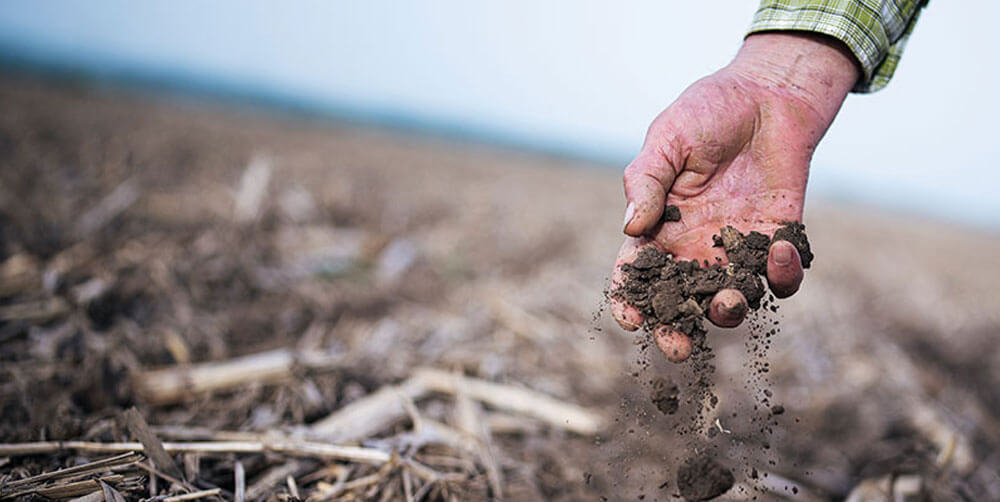Carbon farming: The way of the future?
The urgent need for a reduction of greenhouse gas emissions has increased the pressure on businesses and governments across the globe. Agriculture is among those sectors most affected. At close to four billion acres, cropland accounts for half the world’s habitable land, according to Our World in Data. Building on the expertise of farmers to optimize agriculture for carbon sequestration could make a substantial dent in global emissions. This effort has come to be known as “carbon farming”.
The Government of Canada, in February 2022, announced funding for organizations to partner with farmers and support them in the effort to reduce emissions and make their farms more resilient to a changing climate. Similar policies are emerging around world, including in the European Union and the United States. Global alignment is important for efficiency, trade opportunities and geopolitical relations.
Carbon farming is connected to the emerging carbon market where carbon offset credits are traded. Carbon credits are intangible assets that allow an entity to emit a set amount of carbon. They encourage a reduction of carbon emissions and reward initiatives for doing so. (Read “What are carbon markets and why are they important?” at climatepromise.undp.org.)
What are the risks of carbon farming?
Financial risk to carbon farming include the potential for increased costs related to, for example, measuring and tracking data on an on-going basis. Will there be sufficient return on investment to justify investment into data collection?
Related to the above risk is that the methodologies behind carbon accounting are not, as yet, mature. This is related to the collection and quality of data to assess real performance and highlights the lack of an institutional guarantee that a strong market with accompanying standards and rules is in place.
Debate continues on what carbon farming practices and technologies should be prioritized on farms. At the political scale, different jurisdictions may have differing opinions on the pace and degree of climate change policy implementation, creating issues in international markets and leading to disruption and uncertainty for farmers.
Less visible but equally important is the risk surrounding governance of data. Who owns the data? And who stands to benefit the most from these changes? This relates to a broader concern regarding the ability of farmers to make their own decisions.
What does it mean for farmers?
Suppliers, processors, financial institutions, and government bodies are making carbon commitments. These commitments will impact farmers by presenting opportunities such as novel income streams, but also new requirements for on-farm management practices.
Some practices, such as cover cropping or rotational grazing, may become requirements for schemes that could financially compensate farmers for “ecosystem services.”
Farmers will be required to adopt information systems to capture agronomic datapoints, and to consider how their management decisions impact the carbon performance of their operations. In real terms, farms will need new skills to retain autonomy over their farms and may need technical experts to support them in carbon management and accounting.
As the pressure to reduce carbon increases and the global financial system begins to require the adoption of certain practices, Canadian financial institutions will likely give preference to borrowers who can demonstrate commitment to lowering carbon footprints and increasing resilience to climate change risks. Equipment and input suppliers and purchasers of agricultural products may also exert pressure on farms to adopt practices associated with carbon farming.
It will become increasingly important for farmers to learn about the strengths, weaknesses, opportunities and threats associated with carbon farming and the carbon market. Farmers are encouraged to assess what carbon farming practices may be most appropriate for their ecological contexts and farm type, and should seek partnership with organizations that may advise them on risks and benefits.
Through training and education, farmers can benefit from the current momentum in this area while simultaneously improving the performance and resilience of their operations.
Ryan Johnson and Bertrand Montel are with Farm Management Canada (FMC). Contact the authors and FMC by email at info@fmc-gac.com. Through its AgriResponse website, FMC provides a forum to ask questions about risk management in agriculture and publishes articles on emerging risks and management strategies. Read the full version of this article at agriresponse.ca.





